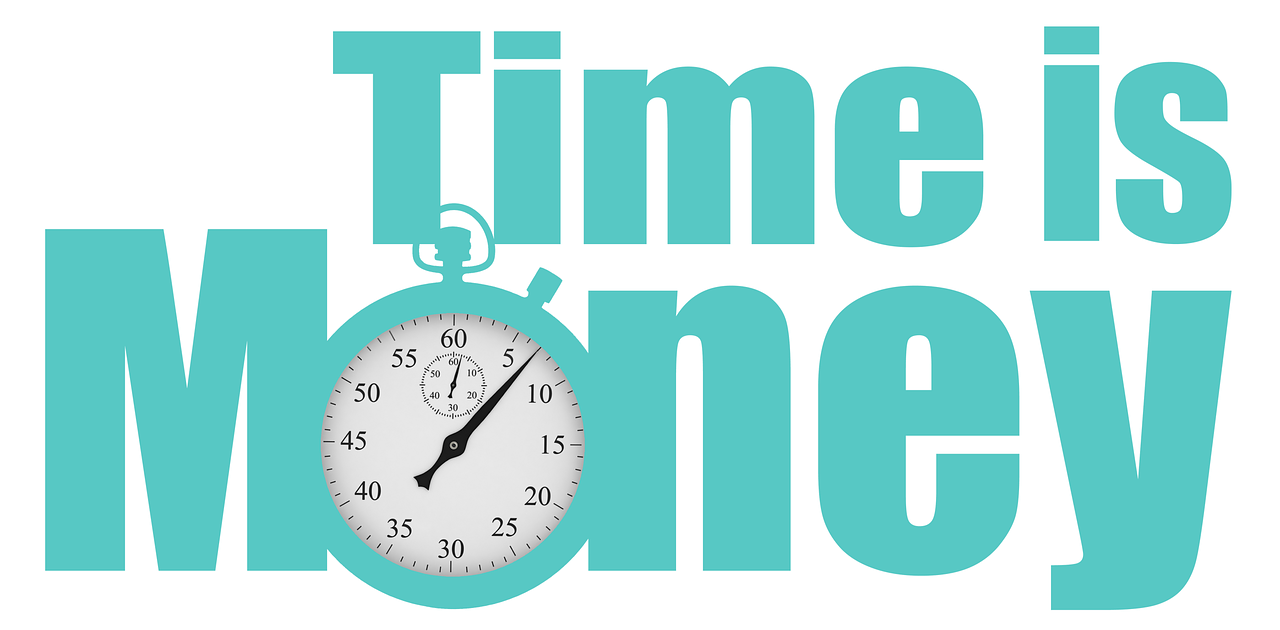Motivation falters when progress stalls or setbacks arise, yet these moments are universal in every journey toward personal or professional growth. Whether you’re training with Nike gear, pushing through a startup challenge, or striving to master a new language, slow progress can feel discouraging. However, understanding the nature of motivation, reframing expectations, and employing proven strategies can transform these stagnant phases into powerful foundations for lasting success. The interplay between mindset shifts, small wins, and environmental support is essential to not only endure challenging times but to thrive through them. Cultivating resilience and maintaining consistent effort—even when results aren’t immediately visible—set the stage for breakthrough moments, which are amplified by tools and habits promoted by thought leaders like Tony Robbins and proven methodologies such as those in Atomic Habits.
Understanding Why Motivation Drops During Slow Progress and Setbacks
Slow progress or apparent setbacks are part and parcel of any significant pursuit, be it physical fitness with the support of Fitbit tracking, career advancement with better networking, or creative endeavors. Yet, according to research from the University of Rochester, approximately 92% of people abandon their goals during the “plateau phase”, when effort does not seem to translate into visible results. This psychological hurdle often blinds us to the valuable work happening beneath the surface.
One key insight into this phenomenon comes from Dr. Carol Dweck’s work on the growth mindset. When we expect instant success, natural fluctuations appear as failure, discouraging our drive. Our brains crave immediate rewards—a survival trait explained by neuroscientist Dr. Robert Sapolsky—making the unpredictability of progress challenging to bear. Yet, when harnessed properly, this unpredictability can boost motivation by stimulating the brain’s dopamine system.
Moreover, the “arrival fallacy” contributes significantly to diminished motivation. It’s the mistaken belief that achieving a goal will provide a permanent sense of happiness. In fact, it’s the ongoing process—the daily hurdles and incremental improvements—that sustain motivation over time. The compound effect, a principle highlighted by entrepreneur Darren Hardy, parallels this idea by illustrating how small, consistent actions accumulate into significant outcomes.
- Expect fluctuations in progress as normal rather than failure.
- Focus on intrinsic motivation derived from process, not just outcomes.
- Accept that setbacks signal necessary consolidation phases rather than defeat.
- Recognize the evolutionary basis for seeking instant rewards and reframe expectations accordingly.
| Psychological Concept | Description | Impact on Motivation |
|---|---|---|
| Growth Mindset | Belief that abilities improve with effort | Encourages persistence through challenges |
| Dopamine System | Brain’s reward mechanism responding to unpredictability | Can enhance motivation when progress is unpredictable |
| Arrival Fallacy | Assumption that goal achievement equals happiness | Leads to motivation loss if the process is undervalued |
| Compound Effect | Small repeated efforts leading to exponential results | Provides perspective on slow but steady progress |
By internalizing these concepts, you can start approaching slow periods and setbacks with curiosity and patience rather than discouragement, setting the foundation for sustained motivation.

Reframing Success: Focusing on Systems and Process-Oriented Goals
The way you define success dramatically impacts your ability to stay motivated through stagnant phases. Harvard Business School research reveals that process-oriented goals—those focused on daily habits and actions—yield better long-term results and more sustainable motivation than outcome-oriented goals fixated solely on the end milestones.
James Clear, in his bestselling book Atomic Habits, emphasizes that your systems dictate your success: “You do not rise to the level of your goals; you fall to the level of your systems.” Incorporating this philosophy when facing setbacks transforms frustration into productive momentum.
Consider how athletes and trainers using Under Armour or Peloton products value consistent daily effort over immediate wins; their focus remains on refining form, building endurance, and maintaining habits rather than obsessing over race day outcomes early in training cycles.
- Set daily or weekly behavior targets instead of distant results.
- Celebrate small, process-focused wins to create tangible progress evidence.
- Shift mindset from “fast success” to building sustainable practices.
- Align process goals with core values to enhance intrinsic motivation.
For example:
| Area | Outcome Goal | Process-Oriented Equivalent |
|---|---|---|
| Fitness | Lose 20 pounds | Exercise 30 minutes daily and eat a balanced breakfast |
| Business | Reach $100,000 in sales | Contact 10 prospects daily and review sales strategy weekly |
| Learning | Become fluent in Spanish | Practice 20 minutes daily and speak with a partner weekly |
By anchoring motivation in daily achievable tasks, slow progress phases become natural steps in a larger journey rather than discouraging dead ends. Platforms like BetterUp offer coaching that helps build this mindset shift by reinforcing system development strategies tailored for individual needs.
Tracking Progress Through Leading Indicators to Sustain Momentum
One significant challenge during slow progress periods is a lack of visible feedback from traditional metrics—usually lagging indicators such as weight loss, revenue growth, or skill mastery. Instead, focusing on leading indicators, the small, controllable actions predicting eventual success, keeps motivation alive and tangible.
For example, Fitbit users don’t just monitor weight changes; they track daily steps, sleep quality, and heart rate variability. These leading indicators offer immediate insight into health behaviors affecting long-term outcomes. Similarly, a salesperson might not see immediate sales conversion but can track calls made or meetings booked daily.
- Create simple and clear “scoreboards” that visualize leading indicators.
- Maintain daily or weekly logs for feedback on activities within your control.
- Celebrate consistency in effort even when lagging indicators remain static.
- Use technology and apps to automate tracking, such as Fitbit or Nike’s digital platforms.
| Indicator Type | Examples | Role in Motivation |
|---|---|---|
| Leading Indicators | Workout sessions completed, sales calls made, study hours logged | Provide immediate feedback; boost motivation |
| Lagging Indicators | Weight change, sales revenue, test scores | Reflect outcomes; delayed motivational impact |
Stephen Covey’s approach to visible scoreboards can be easily adapted to various goal pursuits, reinforcing adherence and encouraging consistency throughout challenging periods. By focusing your attention on metrics within your grasp, such as the number of Peloton rides or meditation sessions completed with Calm or Headspace apps, motivation remains steady even during frustrating plateaus.
Building Resilience with Small Wins and Support Systems
Small wins reign supreme when motivation dips. Dr. Teresa Amabile’s research validates that minor progress milestones elevate morale and create upward motivation spirals, even when broader progress feels stalled. These wins spark positive brain chemistry through immediate gratification and bolster your confidence in capability.
To implement this effectively, break your overarching goals into manageable micro-goals. For example, rather than “write a book,” aim to write 250 words daily. Reward yourself meaningfully after milestones without compromising your broader aims.
- Break goals into micro-goals to create frequent success opportunities.
- Celebrate victories daily, regardless of size.
- Use milestone rewards to reinforce positive behavior chains.
- Keep journals or visual logs to tangibly witness gradual improvements.
Support networks compound motivation as well. Research from the American Society of Training and Development shows that commitment to an accountability partner boosts goal achievement chances by 65%, and structured check-ins improve that number even further. Platforms like Daily Stoic groups, community forums, or coaching services like BetterUp help cultivate reliable social systems during slow progress phases.

Quiz: How to Maintain Motivation During Slow Periods or Setbacks?
Strategies to Navigate Plateaus and Cultivate Long-Term Motivation
Plateaus signify phases where physical, cognitive, or emotional systems adjust before enabling the next growth phase. They are not failure marks but natural pauses. In fitness, for example, use Under Armour’s variety in training gear to change routines and break monotony, or switch Peloton classes to engage different muscles and avoid stagnation.
Additional strategies include seeking fresh perspectives through mentors, coaches, or innovative apps like Calm for mental refreshment. These shifts prevent burnout and nurture resilience. Embracing the plateau as an opportunity to refine skills or rest is a paradigm shift supported by many motivational experts, including Tony Robbins.
- Change up methods or routines to shock your system out of adaptation.
- Focus on maintaining current achievements during plateau phases.
- Engage mentors or coaches for new insights and motivation.
- Practice self-compassion and reflect on long-term goals.
Environment matters profoundly in sustaining motivation. Research from the University of Minnesota shows that up to 40% of motivation variance can be attributed to physical, social, and informational environments. For example, placing Nike gear visibly encourages workout initiation; joining social communities through Daily Stoic or fitness apps nurtures social motivation.

Adopting daily practices such as morning intention setting, evening reflections, or visualization techniques can anchor motivation through challenging periods, as suggested by expert platforms like BetterUp. These approaches turn motivation into a skill you actively cultivate, rather than a fleeting emotion dependent on external success.
Integrating motivational content from thought leaders and tools—like Tony Robbins’ teachings, the Calm app for mindfulness, or Fitbit’s progress tracking—further solidifies your mental resilience and strategic focus during difficult times.
Questions to consider when motivation wanes
- Have I clearly defined my process goals?
- Am I tracking leading indicators effectively?
- Are my small wins being acknowledged and celebrated?
- Do I have a reliable accountability partner or support group?
- Am I open to adjusting my approach during plateaus?


